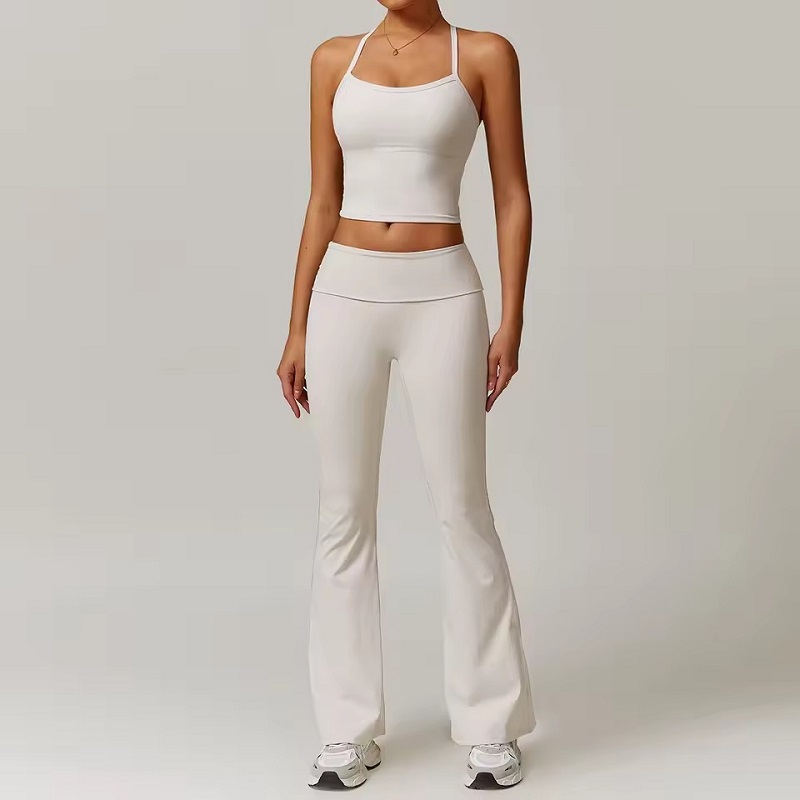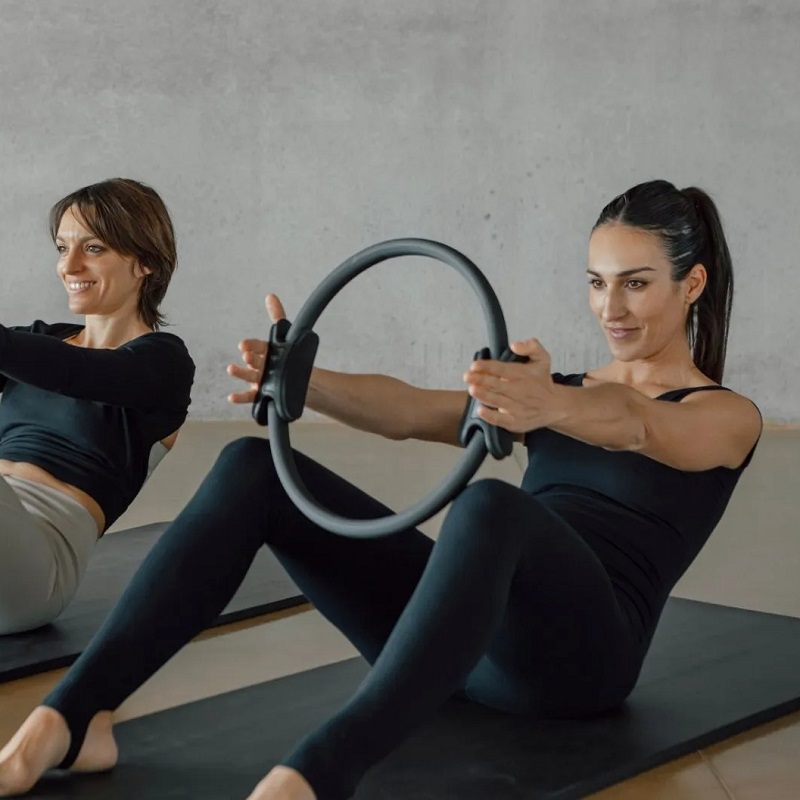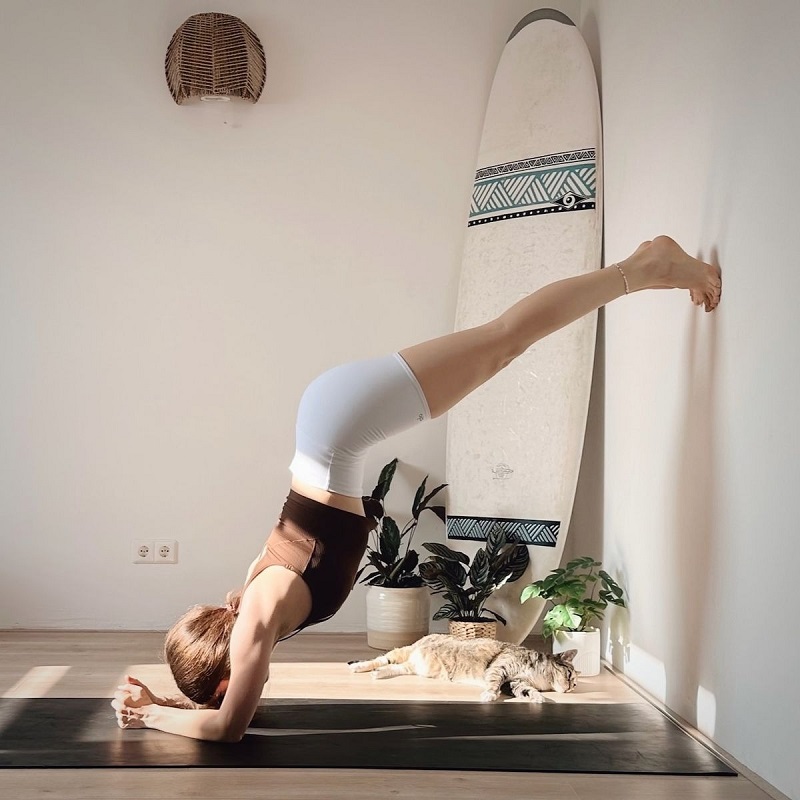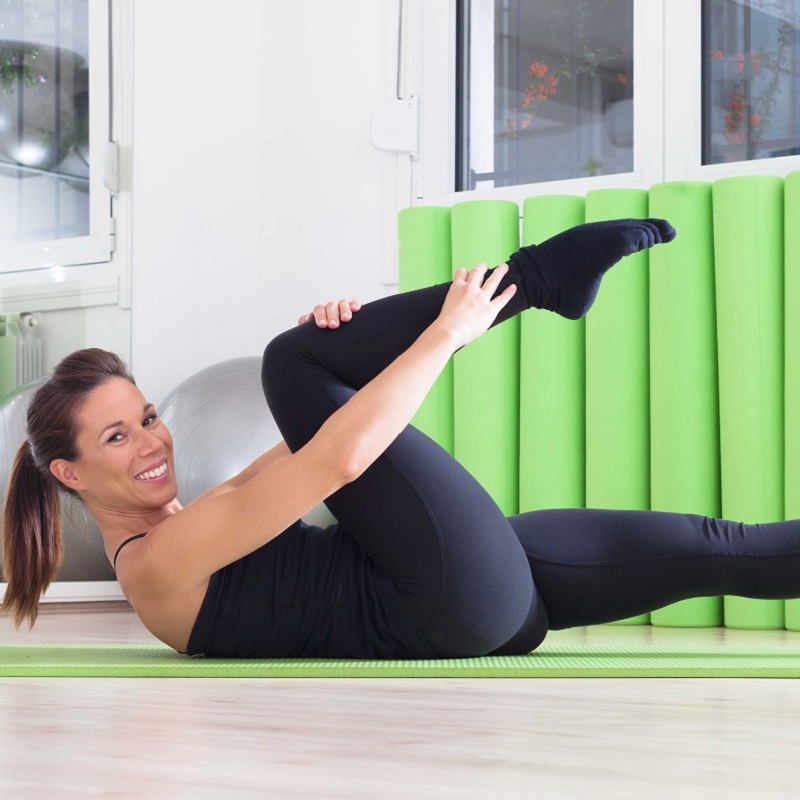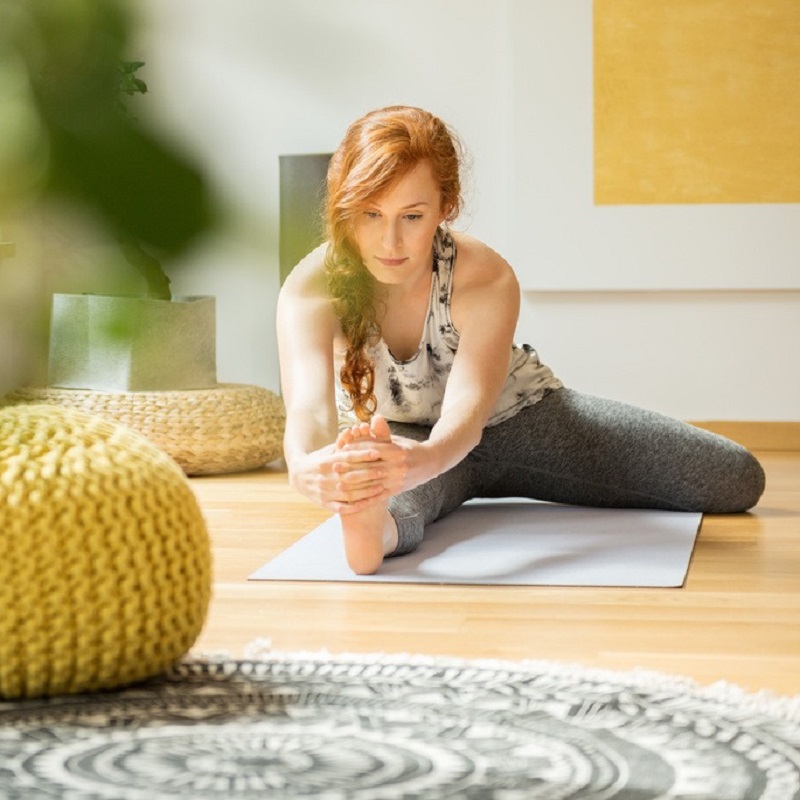Introduction: Understanding Barre and Pilates
When considering fitness options, many individuals find themselves asking, “Barre vs Pilates: which workout is right for my fitness goals?” Both workouts have gained popularity over the years, but how they differ in focus, benefits, and effectiveness can significantly affect your results. This article will compare barre and Pilates, making it easier for you to choose the one that aligns with your health objectives.
Barre is a dance-inspired workout that combines elements of ballet, yoga, and Pilates, focusing on small, controlled movements to improve strength and flexibility. On the other hand, Pilates emphasizes core strength and stability through controlled movements, making it ideal for improving posture. Both workouts engage muscles effectively, but each has distinct approaches and benefits.
In the following sections, we will explore the characteristics of barre and Pilates, examine their benefits, and discuss the factors to consider when selecting the right workout for your personal fitness goals.
What is Barre?
Overview of Barre
Barre workouts combine elements of ballet, yoga, and strength training. Typically, classes are conducted at a ballet bar, where individuals perform small movements while focusing on alignment and form. Additionally, barre workouts often include light weights and resistance bands, which further enhance the overall effectiveness.
Unlike high-impact exercises, barre is low-impact and suitable for people of various fitness levels. The primary focus of barre is on building strength, flexibility, and balance through these controlled movements, making it a favorite among many fitness enthusiasts.

Benefits of Barre
- Strengthens Core and Lower Body: Barre workouts heavily focus on strengthening core muscles and providing stability. The exercises target the glutes, thighs, and core, resulting in a toned appearance. Because the movements are small yet precise, each exercise can deeply engage these muscle groups.
- Improves Flexibility: The stretching elements in barre are designed to increase flexibility. This particular benefit helps to prevent injuries and enhances overall movement capacity, which is essential for all types of physical activities.
- Enhances Posture: By strengthening the muscles that support the spine, barre can significantly improve your posture. Good posture does not just affect your appearance; it also impacts your overall health and comfort in daily life.
- Promotes Body Awareness: Performing controlled movements helps create a greater awareness of body position and alignment. This awareness can lead to more efficient movement in everyday life and can enhance your performance in other workouts as well.
- Burns Calories: While barre is low-impact, it still provides a solid cardiovascular workout. Therefore, you can expect to burn calories while engaging in these classes, which aids in weight management and overall fitness.

Ideal Candidates for Barre
Barre is suitable for individuals looking for a low-impact workout focused on toning rather than bulking up. It can be an excellent choice for dancers, fitness enthusiasts seeking variety, or anyone looking to improve their overall strength and flexibility. Whether you are a beginner or have experience in other fitness modalities, barre offers modifications to cater to varying skill levels.
What is Pilates?
Overview of Pilates
Pilates is a system of exercises designed to improve physical strength, flexibility, and posture. It emphasizes core stability while integrating mental focus, ultimately providing a well-rounded fitness approach. Pilates can be performed on mats or using specialized equipment like the Reformer, which adds resistance for a more challenging workout.
The fundamental principles of Pilates include concentration, control, centering, precision, breath, and flow. By focusing on these aspects, practitioners can develop better movement and muscle coordination, leading to overall physical improvements.

Benefits of Pilates
- Strengthens Core Muscles: Core strength is a pivotal aspect of Pilates. Developing a robust core can enhance your stability and improve overall performance in physical activities, as well as daily tasks.
- Enhances Mobility and Flexibility: Pilates exercises promote increased flexibility, which can reduce the risk of injury. Moreover, improved range of motion is essential for overall health and can lead to better athletic performance.
- Corrects Postural Alignment: Regular practice of Pilates has been shown to improve posture and spinal alignment. This correction alleviates strain on muscles and joints, enhancing overall comfort and function.
- Facilitates Rehabilitation: Many physical therapists use Pilates due to its gentle approach to strengthening muscles and improving functional movement. As a result, Pilates can be beneficial for individuals rehabilitating from injuries or looking to build strength post-recovery.
- Boosts Mental Health: The focus on breathing and maintaining concentration in Pilates can help alleviate stress and anxiety. This mindful approach not only aids physical well-being but also supports mental well-being.

Ideal Candidates for Pilates
Pilates is ideal for anyone looking to enhance core strength, improve flexibility, and achieve better posture. Furthermore, those recovering from injuries or individuals seeking a low-impact workout may find Pilates to be exceptionally rewarding. Whether you are new to fitness or have a solid foundation, Pilates can offer many benefits to enhance your overall routine.
Comparing Barre vs Pilates: Key Differences
Workout Structure
While both workouts focus on enhancing strength and flexibility, their structures differ significantly. Barre classes typically consist of a series of choreographed movements that flow smoothly from one exercise to another. In contrast, Pilates classes often emphasize specific exercises that target various muscle groups in isolation, allowing for concentrated work on specific areas.
Equipment Used
Barre primarily utilizes body weight and light weights, which keeps the workout accessible to newcomers. However, Pilates often incorporates specialized equipment, such as the Reformer, to provide additional resistance. This difference in equipment can play a crucial role in the dynamics of each workout, impacting your experience and results.
Target Muscle Groups
Although both workouts engage core muscles, barre primarily targets the lower body, specifically the glutes and thighs. On the other hand, Pilates delivers a more comprehensive workout by emphasizing the entire body, including upper body and core stabilization. As a result, your choice will depend on what specific muscle groups you want to focus on.
Intensity Levels
Barre workouts are designed to be intense yet low-impact, making them accessible to a broader audience, including beginners. In contrast, Pilates can range from gentle to highly challenging based on your level of expertise, equipment used, and the instructor’s approach. Therefore, understanding your fitness level and what you’re comfortable with is essential for making your choice.
Class Atmosphere
Finally, the atmosphere of the classes may differ significantly. Barre classes often have a lively and upbeat vibe, accompanied by energetic music that motivates participants. Conversely, Pilates classes are typically conducted in a more focused and serene environment, encouraging concentration and mindfulness. Choose an atmosphere that aligns with your personality and workout preferences.

Making the Decision: Which Workout is Right for You?
Consider Your Fitness Goals
When determining whether to pursue barre or Pilates, think carefully about your fitness goals. If toning and improving flexibility in a fun class setting are your primary interests, barre may be ideal for you. However, if your focus lies in building core strength and engaging in rehabilitation exercises, Pilates might be more suitable.
Consider also whether you seek a specific experience or outcome. For instance, if you’re preparing for a special event, barre workouts can help you achieve an aesthetic that many desire. In contrast, Pilates might be better suited for someone who wants to develop functional strength and enhance athletic performance.
Evaluate Your Fitness Level
As you consider your fitness options, reflect on your current fitness level and previous workouts you’ve experienced. If you’re a beginner looking for a low-impact approach, both workouts offer modifications to cater to your needs. However, Pilates might provide more structured options for those recovering from injuries or with specific conditions.
Additionally, think about how you feel during and after workouts. For example, if you prefer an energetic atmosphere, barre might suit you better. Conversely, if you enjoy a more meditative and controlled workout, Pilates may be a better fit.
Try Both Classes
One of the best ways to make an informed decision is to try both types of classes. Many fitness studios offer introductory packages, drop-in classes, or even free trials, enabling you to experience barre and Pilates firsthand. Ultimately, this approach can help you determine which workout resonates best with you.
When attending the classes, pay attention to how you feel during the workout and afterward. Do you feel energized, or are you seeking a more leisurely pace? Gathering these insights will empower you to select the workout that best aligns with your goals.

Conclusion: Trust Your Instincts
In exploring the differences between barre vs Pilates, it becomes clear that both workouts offer unique benefits and appeal to diverse fitness goals. Whether you gravitate toward the energetic atmosphere of barre or the mindful precision of Pilates, each offers rewarding experiences that promote health and well-being.
As you embark on your fitness journey, listen to your body and trust your instincts. Experiment with each workout, and consider how they fit into your lifestyle and fitness ambitions. Regardless of your choice, both barre and Pilates can provide pathways to healthier living. Most importantly, enjoy your workout no matter which you choose!


